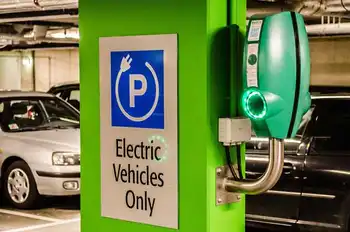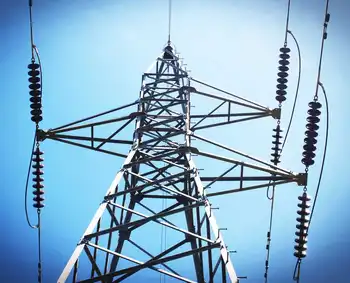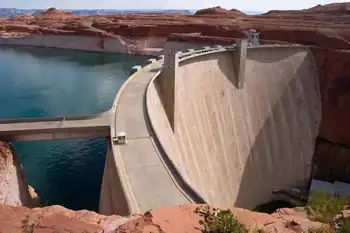Officials say criminals are posing as city workers to gain access to homes
By Knight Ridder Tribune
Substation Relay Protection Training
Our customized live online or in‑person group training can be delivered to your staff at your location.

- Live Online
- 12 hours Instructor-led
- Group Training Available
Thieves posing as utility workers are targeting residents across Danville and the surrounding area, said Joe King, assistant city manager for utilities. King said people claiming to be working on the behalf of Danville Utilities are knocking on doors and telling people that their utility or energy consumption is running unusually high.
The impostors then offer to inspect the home or apartment for free to find out why energy costs are so high. They walk through the home, but may actually be casing the home for a future burglary, or they may steal something, officials said. Using the ruse that they're conducting an energy audit might make sense to customers, but the utility company doesn't even do energy audits.
"We do not have an energy audit program or an energy inspection team or anything like that," said Kevin Martin, key accounts manager for Danville Utilities. "Anyone showing up at a door saying that they're with an audit or inspection team is suspect," he said. "For most of the services Danville Utilities offers, the utility service does not go in the home.
"The only time a Danville utility worker would have a reason to be in the home is if a customer calls us to come out and light a pilot light and we schedule a time to meet you. There's no door-to-door soliciting or selling services." If a Danville utility worker ever did show up at a customer's door they'd be in uniform, with an identity badge and driving a clearly marked city vehicle, King said. "Scam artists rely on people believing they are a person with some authority when they do this," he said. "These guys are counting on people thinking they are legitimate. They manipulate people into thinking they have nothing to fear." Customers also may find an independent contractor at their door selling windows or other services and claiming to be authorized by Danville Utilities to sell their product. "We don't do that," King said of contractors selling products. "And, we never ask for entry into anybody's house." Not everyone falls for the energy audit scam. But the elderly and those not familiar with how the utility company works may fall victim to the ruse.
Some people get the feeling that something's not quite right, or they may feel fearful when pressured to let a stranger in their home and let the person in anyway. "If you feel threatened in any way, call the police first," King said. "There is nobody working for the city or representing the city that is doing this (audits)." He said after calling the police, victims of the scam should call the utility company's customer service department. At least one of these so-called home surveys has turned into a theft, King said. One elderly Pittsylvania County resident on Franklin Turnpike reported her purse was stolen during a fake energy audit.
King said the woman allowed a man claiming to be with the utility company into her home to do an energy audit. He walked through the house with the woman and then told the woman that Danville Utilities would mail her a copy of his report with advice on hat conservation measures to use. He then left. It was only later that the woman discovered her purse was missing. Danville Utilities does have information about energy conservation they can send customers, but they do not do not inspect homes at all, Martin said. King and Martin also noted that being a city employee does not give anyone the right to come into a person's home.











